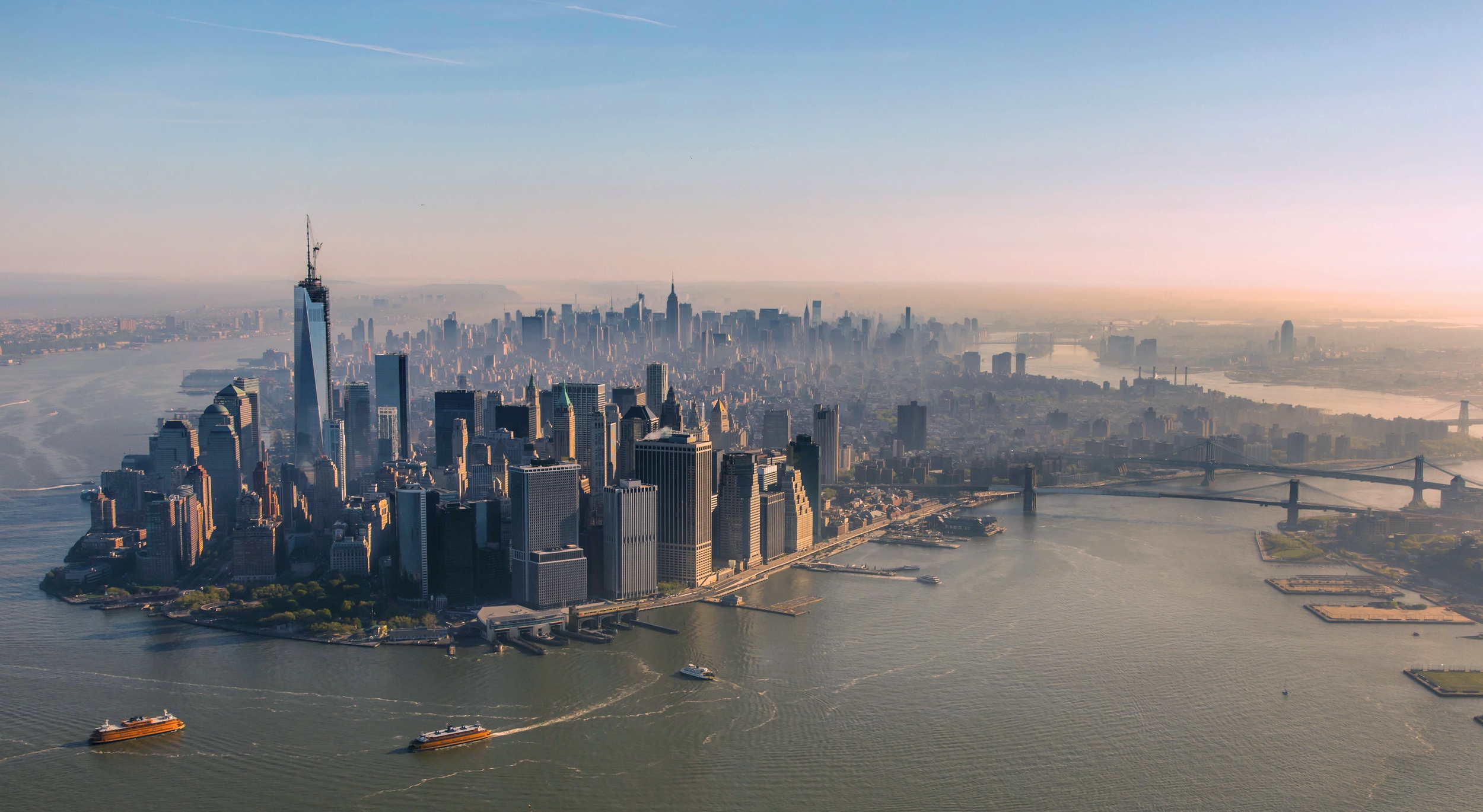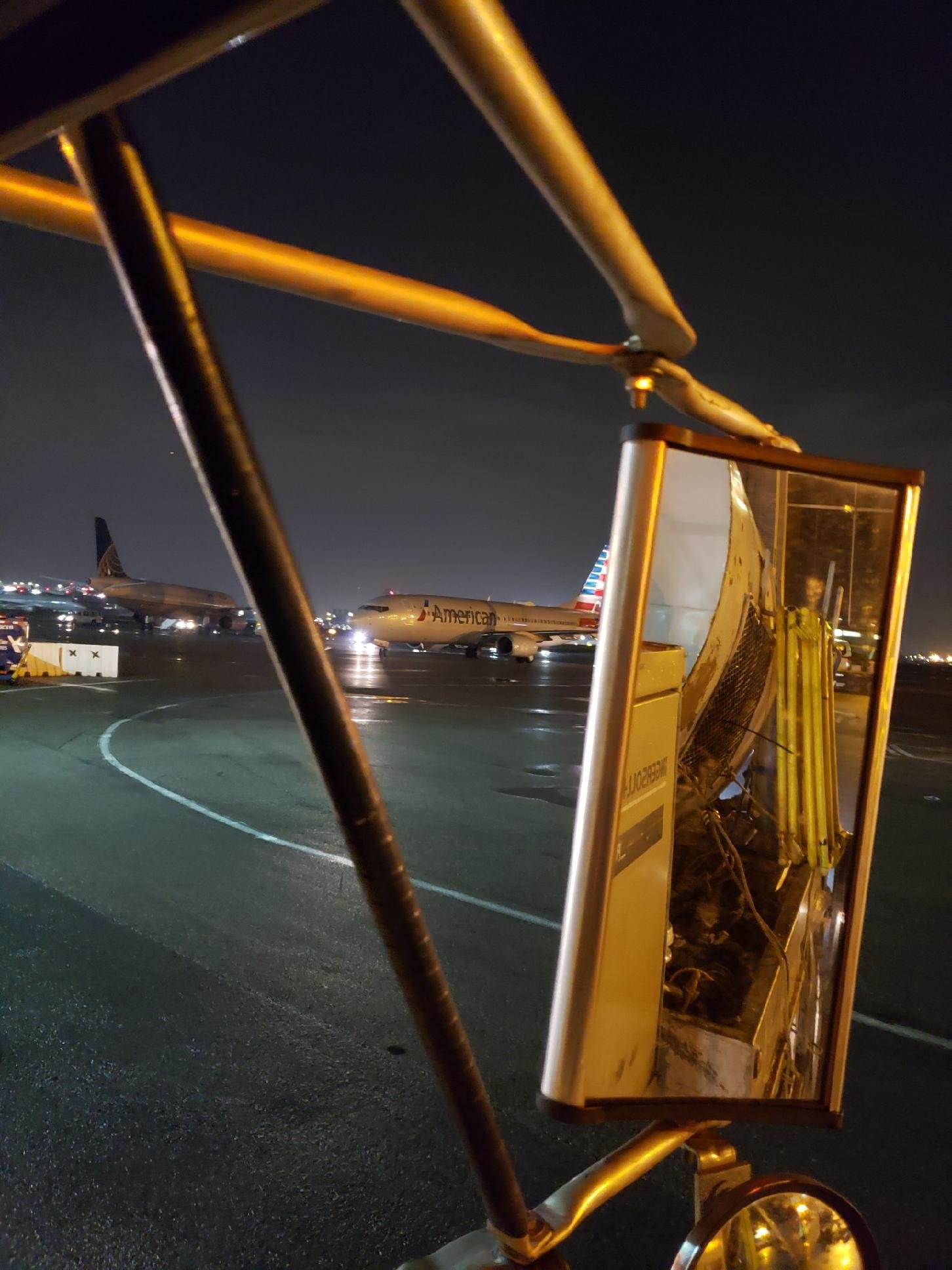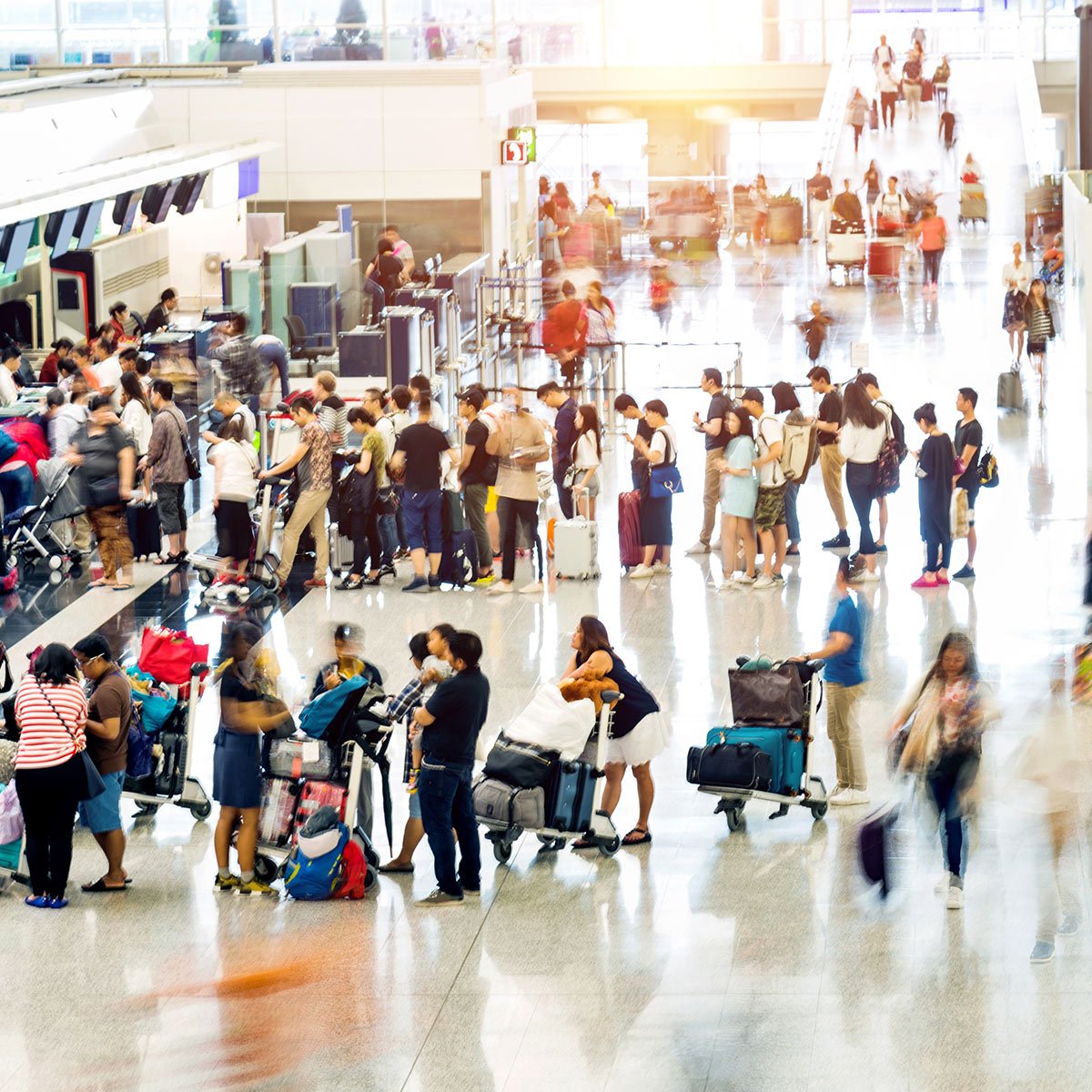In a world where constant connectivity is critical, airports are no exception. With record numbers of passengers expected to pass through US airports this summer travel season, the demand for higher speed, and a more robust network capable of handling the increased passengers, as well as the higher connectivity demand for the airport’s infrastructure has been on top of many airports’ upgrade lists.
According to Bloomberg, US airline passenger levels this summer are projected to be “comfortably above” pre-pandemic numbers. But this increase in passenger numbers is straining current network infrastructures. Fiber optic upgrades continue to be essential for airports, especially for those with multiple terminals and large numbers of passengers.
Electrical installer Hugh O’Kane Electric (HOK), led by President Hugh R. O’Kane, has been the leading contractor with New York City’s LaGuardia and John F. Kennedy (JFK) airport upgrades on their fiber optics communications network. Under LaGuardia’s multi-billion upgrade plan, which included replacing aging terminals and modernizing its infrastructure, HOK completed a significant upgrade and modernization of the airport’s fiber optic network and underground conduit infrastructure. This project was part of a larger effort to improve the airport's technology infrastructure and provide better connectivity for passengers, employees, and airlines. The project improved the arresting speed of the old network, enhanced its reliability, and capacity, which had been struggling to keep up with the growing demands of modern air travel.
For JFK’s modernization, HOK modernized the airport’s fiber optic infrastructure to better support its wireless network throughout the terminals. This involved digging up the existing infrastructure, laying new cables and conduits, and then carefully routing them to ensure optimal performance and reliability. The new network provides faster and more reliable connectivity for passengers, allowing them to stream content, accessing real-time flight information, and use other online services while at the airport. Airport operations also benefited from fiber optic connectivity, enabling airlines to access their reservation systems, track cargo, and monitor flights in real-time.
Recently, there has been an arresting development in the world of fiber optic connectivity. The U.S. Department of Justice is pursuing an indictment against several Chinese nationals for stealing trade secrets from American companies, including fiber optic technology. The indictment alleges that these individuals accessed information related to the manufacture of fiber optic cables, including the design, production, and manufacturing process. The allegations highlight the significance of fiber optic connectivity in the modern world and its potential value.
Airports, however, continue to move forward with upgrading their fiber optic connectivity for broadband services. Facility managers understand the importance of providing high-speed internet access to passengers and enhancing their operations. In doing so, airports are making a significant investment in their future and preparing for the needs of tomorrow's travelers.
In today's digital age, passengers expect seamless connectivity, and airports are no exception. Fiber optic telecommunications networks are the backbone of high-speed internet access and provide numerous benefits to airports and their passengers. With fiber optic networks, airports can provide faster and more reliable internet access, allowing passengers to stream, access social media, and stay connected with their work and personal lives. This improves the overall airport experience, making it a more comfortable and convenient travel experience.
Upgrades to fiber optic telecommunications networks enable airports to also improve their operations. Airport service providers access real-time flight information, track cargo, and monitor operations. This allows them to respond more quickly to any issues that may arise, improving the overall efficiency of the airport. Additionally, fiber optic telecommunications networks provide enhanced security and surveillance capabilities, allowing airports to monitor and respond to any potential threats.
Fiber optic connectivity for broadband services is rapidly becoming an essential requirement for airports. The benefits are numerous, and the investment pays off in the long run. Airports, however, must choose the right service provider to ensure the success of their fiber optic connectivity projects. This institutional expertise Hugh O’Kane is able to provide to airport authorities is paramount in order to design and implement a network that can successfully enhance the service offerings. This lineage and industry expertise has afforded Hugh O’Kane a competitive edge because it has expert knowledge of an area’s infrastructure and is able to work within the required parameters of existing power supply networks much more easily. In doing so, Hugh O’Kane is able to take the time required to provide a robust fiber optic infrastructure needed to ensure continuous, robust connectivity for airport facilities and passengers alike. As the world becomes more connected, airports that invest in fiber optic connectivity will be better equipped to meet the modern traveler’s needs and be able to enhance its operations.








